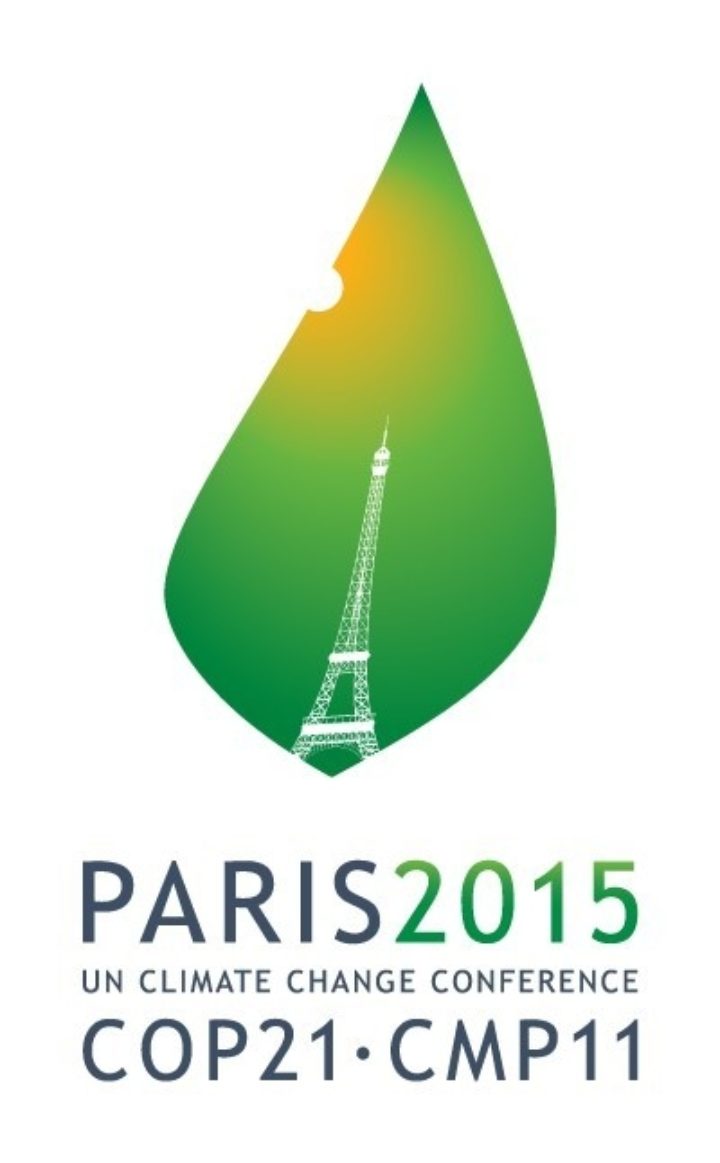As the US leaves the Paris Agreement what happens next?
The USA officially leaves the Paris Agreement on the 4th Nov - what does that actually mean?
By Alison Doig
Share
Last updated:

The USA officially left the Paris Climate Agreement on the 4th November 2020, the day after the election. But what does this actually mean?
If President Trump is re-elected then the US will remain a Party to the UNFCCC so will still attend all the key events such as the COP26, the Body for Scientific and Technological Advice (SBSTA) and Subsidiary Body for Implementation (SBI) meetings which are convened under the UNFCCC.
However, the USA will not be Party to the Paris Agreement and therefore, will be excluded from any specific meetings which are only accessible to the Conference of the Parties to the Paris Agreement (CMA). Fundamentally, the US will have no say in the rules or implementation of the Paris Agreement, but (nearly) all the rest of the world will.
While countries such as Brazil, Saudi Arabia, Australia and Russia have found an ally in the US negotiators for reducing the strength of the Paris Agreement, none, so far, have followed the Trump administration’s decision to depart from the Agreement. There have been no indications that any would follow even with a new Trump Administration.
This would leave the US isolated internationally. But it would also require the UK as COP26 President, along with other major economies such as the EU and China, to become active and loud champions for the multilateral system and the Paris Agreement. This means holding the Agreement as a standard.
It is worth noting, just as an example, that the EU has already made it clear that it will not join new trade agreements with countries that are not implementing the Paris Agreement. The prospect of losing preferential access to lucrative European markets caused more climate sceptic governments in Australia and Brazil to stay in the Agreement.

However, if Joe Biden is sworn in as US President in January he has said he will swiftly re-join the Paris Agreement and take an international climate role. This could happen rapidly, as it only requires the US to notify the United Nations, with re-entry active 30 days later. There would then be an expectation for the US to submit an enhanced nationally determined contribution (NDC), to the UNFCCC ahead of COP26. It will give the US a full seat at the table at COP26, likely resulting in a refresh and increase of its emissions reduction targets.
The UK is hosting the Climate Ambition Summit on the 12th December, providing an opportunity for Biden to give a clear signal of his intentions on climate change if he secures the presidency.
This outcome should give greater impetus to the implementation of the Paris Agreement both within the US and internationally. There are still cautions on this, as even with a climate progressive Democratic administration the US has a history of negotiating with its own interests at heart, and less with a global sympathy. For example, in the Paris Agreement, they blocked language on compensation to vulnerable countries facing climate loss and damage, knowing that the compensation bill for the US would be high.
So we have two scenarios. Firstly, one with an isolated US, and secondly, the other with an active and engaged US. As ECIU’s new briefing ‘Sum of their Parts’ shows, there is already a low-carbon momentum building in the US, and a movement of states, cities, companies and others saying ‘we are still in’ the Paris Agreement.
Share